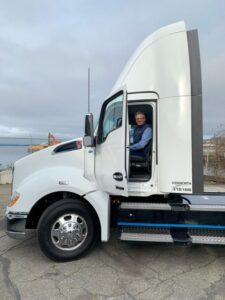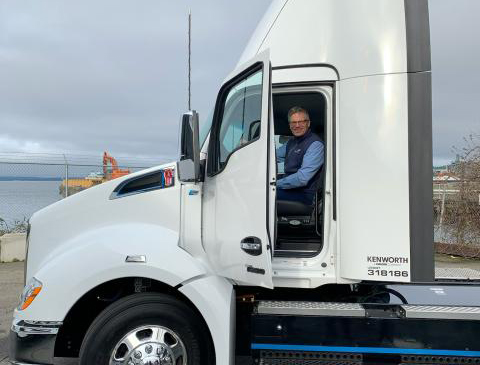
For the first time, the Puget Sound Zero-Emissions Truck Collaborative convened more than two dozen trucking firms, warehousers and other industry stakeholders to in effort to create a plan for a “transition to zero-emission drayage trucking in the Puget Sound region by 2050,” the Northwest Seaport Alliance announced June 30.
The collaborative, which is expected to meet bi-monthly until December 2024, is tasked with creating a Decarbonizing Drayage Roadmap, a blueprint for maximizing new opportunities such as government funding increases and dealing with specific challenges, including the high cost of zero-emission trucks and lack of charging and fueling infrastructure, according to NWSA.
“The formation of this collaborative is another significant step in our journey to achieve sustainable and resilient port operations,” NWSA Co-Chair Sam Cho said. “The transition to zero-emission drayage trucks will be as complex as it is necessary. By working together, we can drive change and help foster a cleaner, greener future for the Pacific Northwest.”
The alliance depends on a network of about 4,500 heavy-duty trucks that move cargo to and from terminals in Seattle and Tacoma, nearly all of which are diesel-powered trucks that produce emissions.
In 2021, NWSA leaders agreed to adopt the Northwest Ports Clean Air Strategy to phase out port-related emissions by 2050, according to the alliance.
“The Northwest Seaport Alliance aims to reduce air pollution and address environmental health disparities faced by communities residing near our harbors and major freight corridors,” NWSA Co-Chair Deanna Keller said. “Working with our drayage service-providers to shift from traditional diesel-fueled trucks to zero-emission alternatives will improve air quality for drivers, near-port neighbors and workers on our terminals.”

